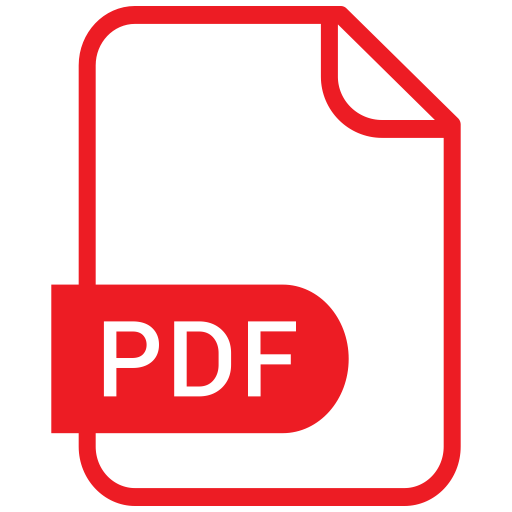Ref.: BE-IP-2024-003
Internship Proposal
Aerodynamical simulation chain for High Performance Computing (HPC)
Cenaero, located in Gosselies (Belgium), is a private non-profit applied research center providing to companies involved in a technology innovation process numerical simulation methods and tools to invent and design more competitive products. Internationally recognized, in particular through its research partnership with Safran, Cenaero is mainly active in the aerospace (with an emphasis on turbomachinery), process engineering, energy and building sectors.
Cenaero provides expertise and engineering services in multidisciplinary simulation, design and optimization in the fields of mechanics (fluid, structure, thermal and acoustics), manufacturing of metallic and composite structures as well as in analysis of in-service behavior of complex systems and life prediction. Cenaero also provides software through its massively parallel multi-physics platform Argo, its manufacturing process simulation and crack propagation platform Morfeo and its design space exploration and optimization platform Minamo.
Cenaero operates the Tier-1 Walloon supercomputing infrastructure with 14,000 computing cores (see tier1.cenaero.be for details).
Within Cenaero, the Machine Learning and Optimization theme is dedicated to the development of algorithms and methods to address complex industrial design cases, with several achievements in aeronautics in particular [1-2].
Context
The aeronautical sector faces huge challenges in order to be bo th environmentally friendly and economically profitable. In this context, great efforts are pursued to make the best use of the materials manufactured to build airplanes. For example, by minimizing the weight of the wing and fuselage structures, the kerosene consumption of aircraft engines can be significantly diminished, thereby reducing the CO2 emissions. Fortunately, in order to widely (and smartly) explore potentially better designs, advanced machine learning and optimization algorithms are constantly developed and coupled with high-level numerical aerostructural and aerodynamical simulations, and have proved their efficiency to find innovative solutions.
Practically, a demonstrator of the Onera M6 wing has been developed to assess its aerodynamical behavior. This demonstrator contains a parametric tool and interacts with Computational Fluid Dynamics (CFD) open-source codes (OpenFOAM / DAFoam) to calculate the pressure fields, velocities, etc. The global simulation chain handling the parametrization and simulation phases has been written in Python [3], and can be run on High Performance Computing (HPC) servers.
Objective
The current demonstrator developed at Cenaero is operational on Lucia HPC servers, but needs to be extended with new functionalities. Therefore, the internship will involve the following points:
-
Work Package 1 – Discovery:
-
perform a state-of-the-art on aerodynamical wing design optimization;
-
get yourself familiar with the existing demonstrator;
-
get yourself familiar with HPC servers (slurm, etc.);
-
Work Package 2 – Implementation: based on the existing demonstrator, program the following improvements:
-
install the full DAFoam library on Lucia;
-
test DAFoam for aerodynamic optimization and compare with existing solutions available;
-
make customizable parametrization and post-processing tools (Paraview).
Profile
-
Required: Bachelor + ongoing Master’s studies in Mechanical, Electromechanical, or Aeronautical Engineering.
-
Languages: English and/or French.
-
Pre-requisites: strong programming skills (Python, Linux) + notions of aerodynamics and/or structural mechanics.
-
Motivation, creativity and team spirit!
Duration
The length of the internship can vary from 3 months to 6 months, depending on your university or school regulations.
Contact
If you are interested by this topic, please send a cover letter, quoting the reference number of the offer, as well as your resume, to: rh_be-ip-2024-003 [at] cenaero.be
References
[1] Baert, L., Chérière, E., Sainvitu, C., Lepot, I., Nouvellon, A., Leonardon, V. Aerodynamic Optimisation of the Low Pressure Turbine Module: Exploiting Surrogate Models in a High-Dimensional Design Space. Journal of Turbomachinery. 142:1-24 (2020).
[2] Beaucaire, P., Beauthier, C., Sainvitu, C. Multi-point infill sampling strategies exploiting multiple surrogate models. GECCO '19: Proceedings of the Genetic and Evolutionary Computation Conference Companion, pp. 1559-1567 (2019).
[3] Caudron, J., Aerostructural optimization of an aircraft wing assisted by dimensionality reduction methods. Master’s Thesis, Université de Liège (2024).
